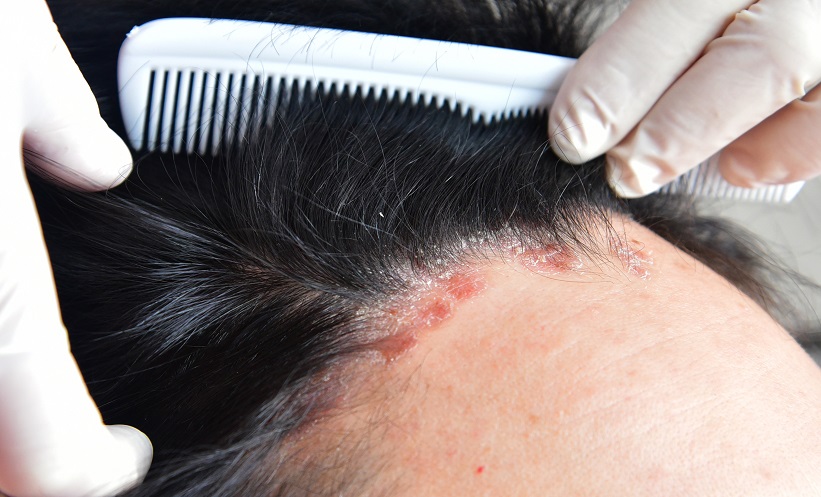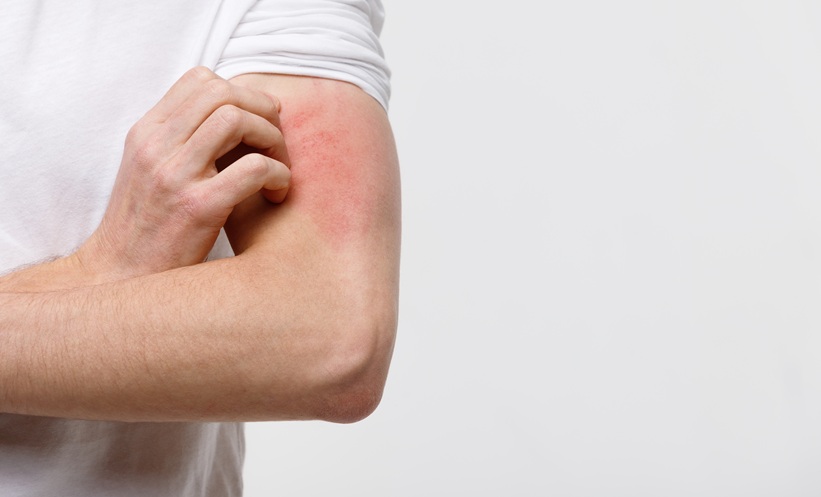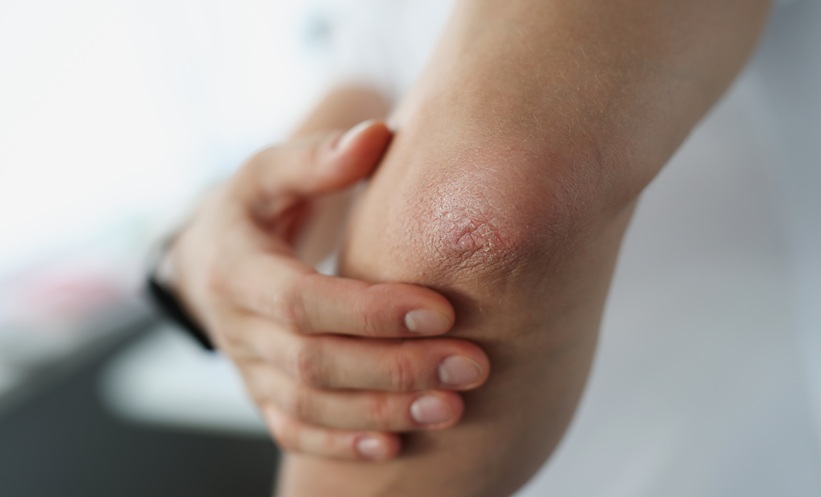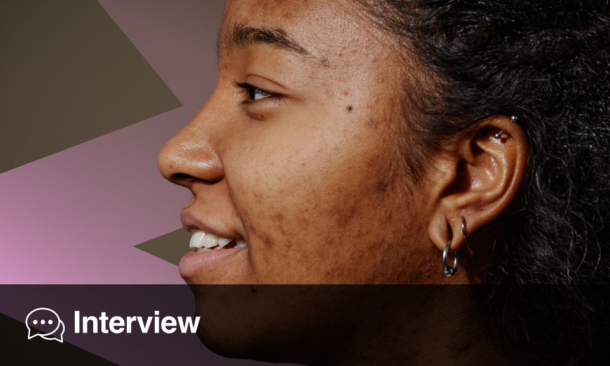THE UNCOVER-3 trial is a recent study that has demonstrated that ixekizumab, a biologic treatment for moderate-to-severe plaque psoriasis, is effective in managing psoriasis across challenging body areas including the scalp, face, palmoplantar surfaces, or nails.
The study aimed to assess whether ixekizumab could achieve clear skin responses (PASI100) and cumulative clinical benefits over 5 years in patients with and without psoriasis in these challenging areas. This contributes to encouraging evidence for dermatologists treating patients with psoriasis who present with challenging body areas. Psoriasis that presents in these difficult-to-treat regions can often lead to poorer outcomes and greater patient distress.
The post hoc analysis included 385 patients, out of which 349 had scalp involvement, 152 had facial involvement, 96 had palmoplantar (palms and soles) involvement, and 229 had nail involvement. Researchers measured the patients’ skin clearance at various intervals up to Week 264. The results showed that patients with scalp and nail involvement achieved similar levels of complete skin clearance (PASI100) compared to those without these complications.
While fewer patients with facial and palmoplantar involvement reached PASI100 at some checkpoints, overall cumulative clinical benefits by Week 264 were high and comparable across all groups. The only statistically significant difference observed was in PASI improvement between patients with and without nail involvement.
The study concluded that ixekizumab offers significant long-term benefits for patients with psoriasis, regardless of whether the disease affected challenging body areas. This provides reassurance for dermatologists seeking effective, long-term treatment options for patients with complex psoriasis presentations.
Reference: Gottlieb A et al. Benefits over five years of ixekizumab treatment in patients with psoriasis involving challenging body areas. JDD. 2024;23(8):619.
Anaya Malik | AMJ








